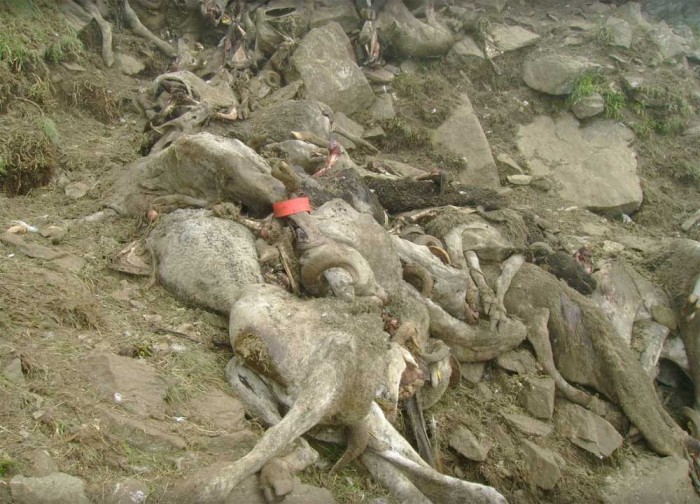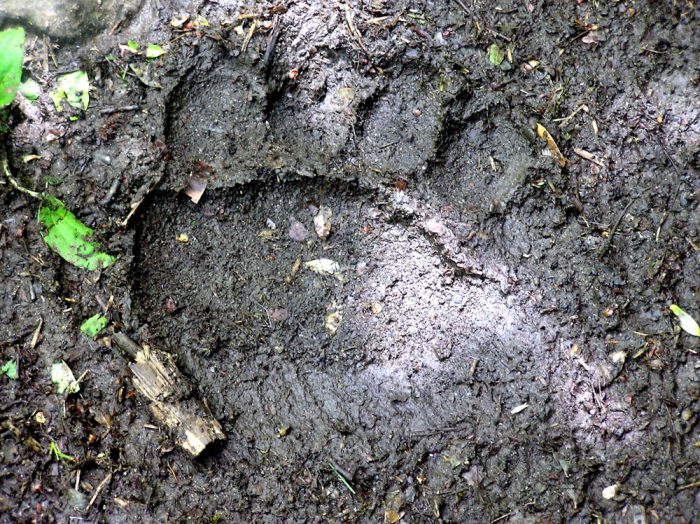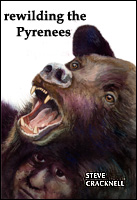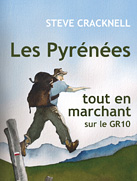The National Trust has recently announced that it intends to kill the wild boars living on its Stourhead estate because of public safety fears. Yet, rewilding advocates claim that they are not dangerous. With a wild boar population of 1635 in the Forest of Dean, another concentration in the Weald and sightings all over Great Britain, the debate is likely to continue.
So how dangerous are wild boar? In Britain there are a few thousand; in France we have two million of them. Here in France, despite the human fatalities – almost exclusively hunting and road traffic accidents – despite their potential for virus transmission, despite the crop damage, they are considered no more dangerous than large dogs. Why?
Extract from work in progress The Implausible Rewilding of the Pyrenees
Wild boar are already half-way up the gangplank of the Ark of British rewilding. Although beavers are currently making a bid for the lead, wild boars have already shouldered their way past lynx and wolves.
There are two million wild boar in France, a figure that has been increasing, partly as a result of milder winters. [source] With so many around, walkers regularly come across signs of them: hoofprints in mud; grass grubbed up for edible roots; a missing patch of bark on trees where they have rubbed to get rid of parasites. Hiking in forest, I am sometimes startled by a rustling in the undergrowth. It is followed by an offended grunt and then a wild crashing as the boar storms away, breaking through fallen branches. The cascade of sound increases as birds take to the wing and repeat the alarm. But I’ve only actually seen wild boar close too occasionally, always at dusk, when they are out searching for their evening meal. The last time, illuminated by my car headlights, a big sow was crossing the road. She was followed by three smaller females and a string of youngsters, identifiable by their horizontal brown and gold stripes, bobbing along behind. Difficult to say how many youngsters, six-seven-eight; I braked as they disappeared into a vineyard. Seeing them innocently crossing the road added a touch of magic to my evening, particularly as I managed to brake early enough for them to get away. Read the rest of this entry »



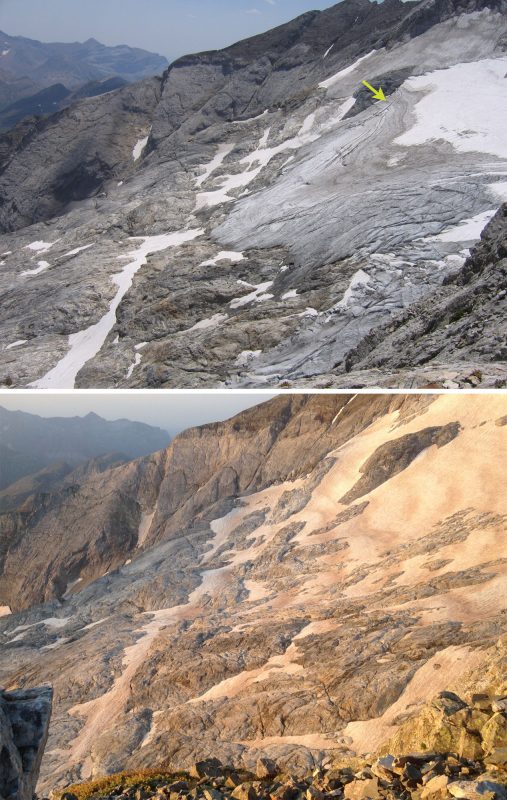
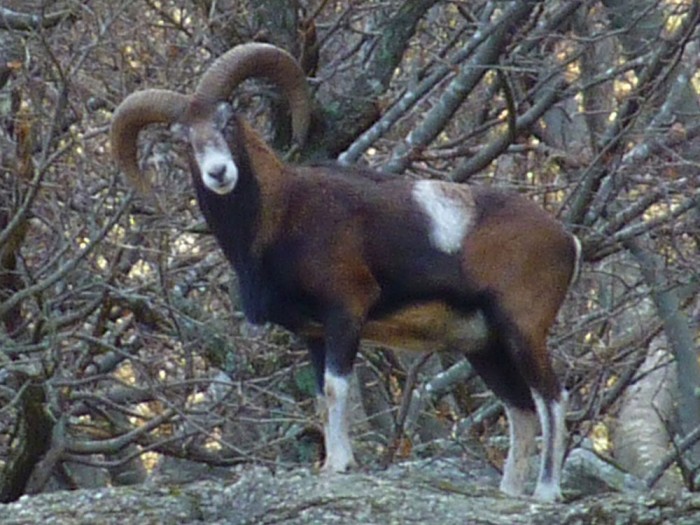

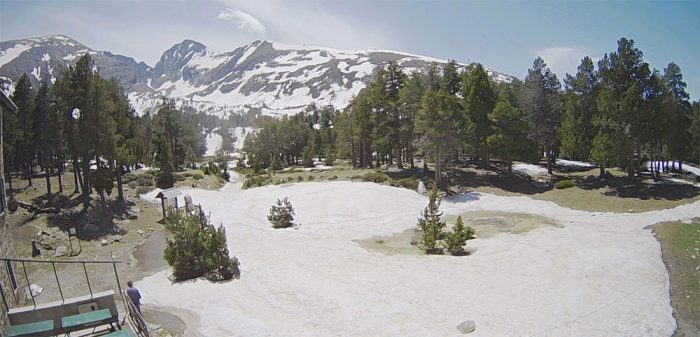
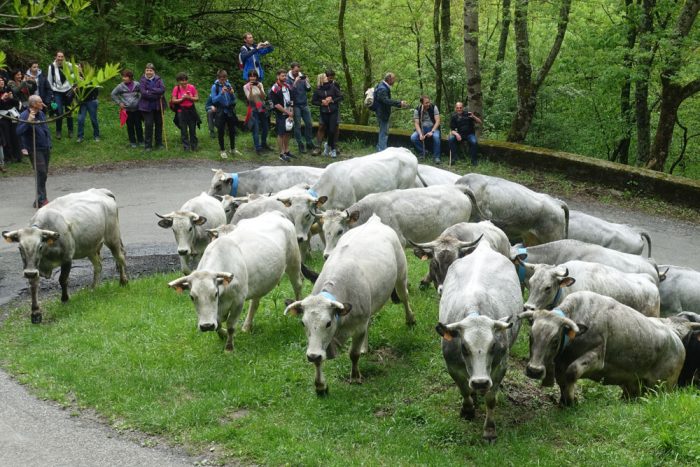
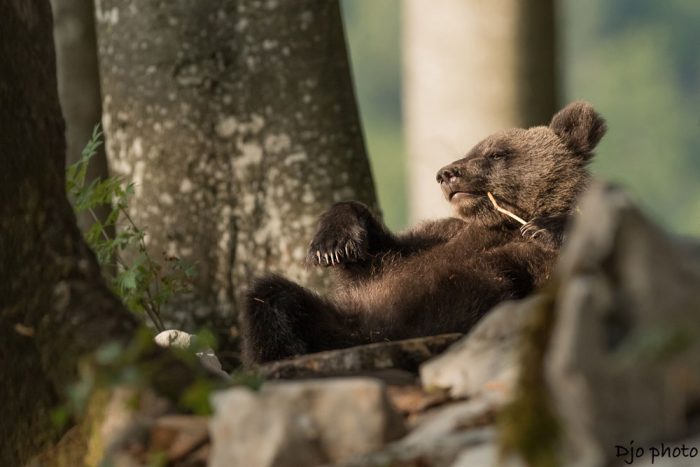
![Bear cub [photo: DJO photo]](http://www.pyreneanway.com/blog/wp-content/uploads/2018/03/cub-smoking-700x467.jpg)
